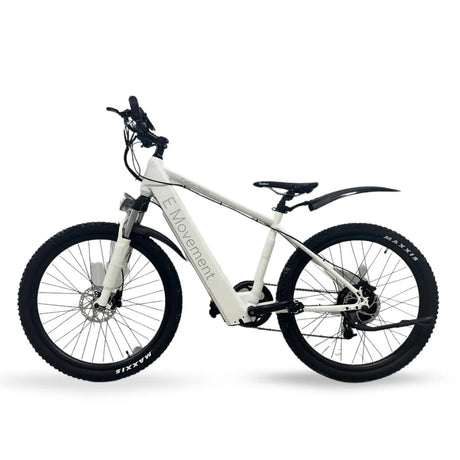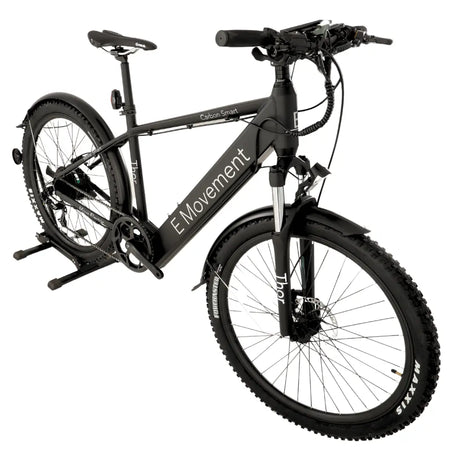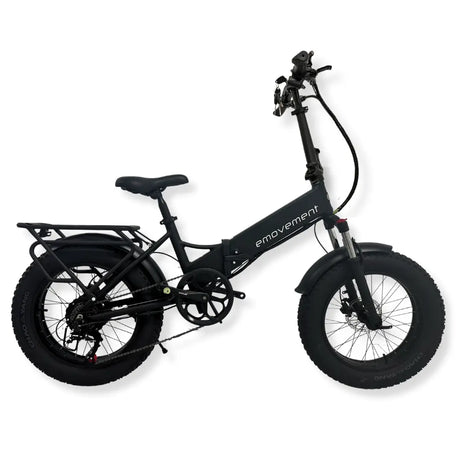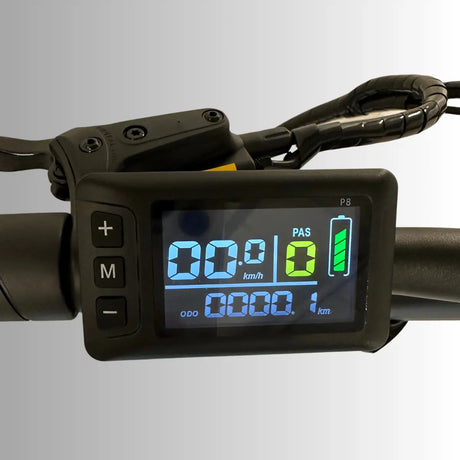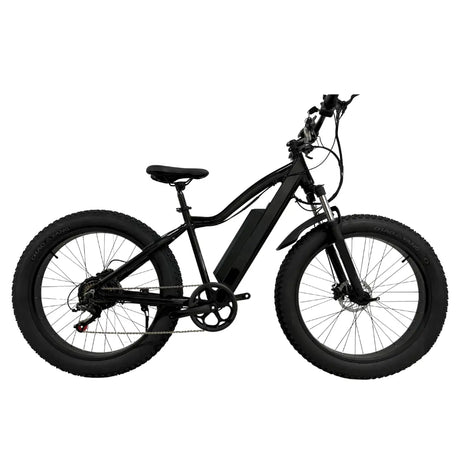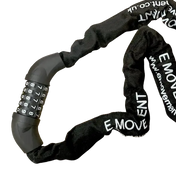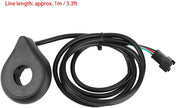As electric bikes gain popularity all around the world, more and more people are shifting towards this sustainable mode of transportation for commuting and off-road adventures. Still, there’s considerable confusion regarding how they work, especially when it comes to charging an e-bike. What are the pros and cons of different charging methods? Do these vehicles charge when you’re braking or while pedalling? Keep reading as we answer all questions regarding whether electric bikes charge when you pedal and clear some misconceptions attached to them.
Common E-Bicycle Charging Methods
Let’s first consider the ways in which you can charge your pedelec:
Charging Stations
One of the most common charging methods is to connect your charger at any public charging facility. Secure your bike in an upright position by using bike rails to stabilise it and ensure a solid locking option. Charging stations typically feature a nearby bike rack, particularly those situated in an outdoor setting. Detach the battery from the bike for charging and insert the charger directly into the battery.
Once connected, you should look for an indicator light in green or red that signals a successful link to the charger. Your battery will then start charging. We recommend partially charging your battery since many experts suggest keeping lithium-ion ones charged between 80% and 20% for extended use.
Detach Your Battery for Charging
It’s understandable to be worried about your e-bike’s safety at a charging station. Alternatively, you can detach your battery for added security as we mentioned above. Turn it off and remove it from your vehicle. If you wish to charge your battery at home, attach the power cord to the charger’s adapter and insert it into a power outlet of your choice. Proceed by connecting the charger to the charging port. A single charge cycle should take around six to three hours and once your battery is fully charged, you can easily reattach it to your bike. This charging method is much more straightforward and provides enhanced security.
Regenerative Charging
With regenerative charging, riders have the ability to charge their electric bike battery by using the brakes or pedalling, converting kinetic energy back into electric energy. The method simply involves riding your bike and then either braking or pedalling more vigorously to generate power.
If you prefer shorter trips or don’t have easy access to a charging station, regenerative charging is the way to go. And it is beneficial for keeping your vehicle more secure because you don’t have to leave it unattended while charging.
The Mechanism Behind Regenerative Charging
Currently, the majority of electric bikes don’t support charging while pedalling but interest in finding ways to harness this capability is growing. Regenerative braking, on the other hand, enables pedelecs to store kinetic energy that is lost during braking and convert it into electric energy for recharging the battery. Here’s how it works:
Benefits of Regenerative Braking
The sophisticated technology behind regenerative braking systems offers several benefits for e-bike riders:
1. Increased Efficiency
This type of braking system considerably enhances your bike’s efficiency. It captures the energy lost when a rider applies the brakes and redirects it back into the vehicle’s system. Due to this, battery drain is reduced, the bike’s range is extended, and overall energy efficiency is improved. Regenerative braking ensures that a pedelec’s power system functions at peak performance by optimising the way energy is used, allowing you to get the most out of your rides.
2. Extended Battery Use
Another advantage of regenerative braking is how it maximises battery efficiency on electric bikes. When the system is engaged, the lost energy is repurposed to propel your bike forward and significantly enhance its range. This is particularly useful on routes with frequent downhill slopes and stops, extending the distance you can travel on a single c_harge.
3. Reduced Wear and Tear
The electric motor serves a dual purpose, not only propelling the vehicle but also playing a crucial role in slowing it down. As the reliance on traditional brake pads is reduced, their lifespan is improved and wear and tear is reduced. Consequently, the burden on maintenance professionals decreases, easing concern of keeping vehicles compliant on the roads. Reduced wear and tear also enhances the bike’s longevity and use.
The Future of E-Bike Charging
With the electric bike industry continuously evolving, the future of charging practices and techniques look even more promising. The shift towards green mobility and breakthroughs in battery technology are set to redefine charging capabilities:
Solar Panel Integration
Embedding e-bike charging infrastructure with solar panels has resulted in a critical innovation that has significant implications. Research shows photovoltaic (PV) and hybrid wind charging stations have the potential to be sustainable transportation solutions. These systems utilise solar PV arrays, wind turbines, and lithium batteries to optimise charging operations for pedelecs. By adopting renewable energy in charging practices, we can help cut down carbon emissions and improve the practicality of urban mobility frameworks.
Battery Technology Advancement
Recent efforts in developing battery technology and ongoing research is paving the way to tailor improved energy storage solutions for electric bikes. Viable alternatives like hybrid power generation systems are being explored as e-bike charging stations, including wind and solar energy with battery storage. Urban governments everywhere are moving towards incorporating renewable energy sources for green energy transportation and this advancement aligns with the broader trend towards achieving sustainable mobility.
Conclusion
So, can electric bikes recharge while pedalling? Now you have the answer that most of them can’t charge while you pedal and require their batteries to be plugged into a power outlet for charging. While the concept of charging while pedalling sounds ideal, there is still a long way to go before this can be effectively applied in the market. Still, emerging models and technologies are exploring the possibility, making e-bikes more appealing and functional.
FAQs
Do electric bikes recharge when you pedal?
Most electric bikes do not recharge through pedalling and the primary charging method involves plugging the battery into a power source. However, there are some models that feature a regenerative braking system or specialised dynamos to capture and convert some energy during cycling. Keep in mind that this is not very common.
Is there an e-bike that recharges itself?
Certain bikes with regenerative braking systems help slightly recharge the battery when going downhill or applying the brakes. This technology is similar to what is used in electric cars, extending the battery's range marginally during a ride.
Do electric bikes charge when you go downhill?
With regenerative braking systems, electric bikes can generate a small amount of power to recharge the battery when going downhill. The feature is most effective in models designed for mountain biking or those frequently used in hilly terrain.
Can you charge an electric bike on the go?
While standard charging requires a stationary setup, some e-bikes can be equipped with portable battery packs or solar panels for on-the-go charging. Such solutions can be particularly useful during long-distance rides or in areas where traditional charging options are scarce.


